 Eagle Feathers #155 – Revolutionary Roads
Eagle Feathers #155 – Revolutionary Roads
By Bob (Monty) Doherty
What’s in a name? Generally, not very much when you consider there are over 326,607,429 citizens of the United States as of June 7, 2018, and hundreds of millions in the past. A few of these lives historically eclipsed others. This luckily happened when it was most needed, and they defended our country’s independence. Somerville witnessed many historic incidents and the patriots who were involved in them.
The derivation of a street sign is often obvious and at times is forgotten or unsung. Somerville’s history lives on through her street signage.
- Washington Street, or the road to Cambridge, is the city’s oldest. It honors the father of our country, our first president, and Prospect Hill commander George Washington. This street was the last leg of Battle Row that was the British path of retreat from Lexington.
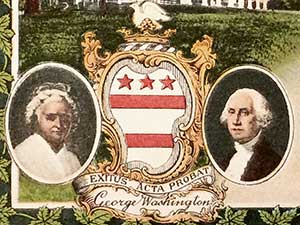
- Broadway, or the road to Menotomy (now Arlington), was the path of the British in their 1774 attack on the Powder House and the early path of Paul Revere’s ride.
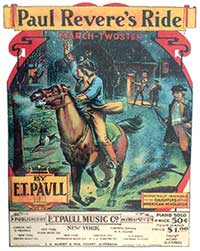
- Greeneville Street honors Washington’s General of the South during the eight-year revolution. Nathanael Greene served at Prospect Hill. The Greenes named their son and daughter after General Washington and his wife Martha. After the war, young Eli Whitney invented his cotton gin at Greene’s farm.
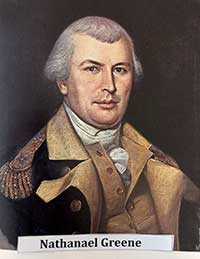
- Ward Street, near the Cambridge line, gives laurels to Artemas Ward, General of the Colonial Army until General Washington took command. It is the location of the corduroy or log road that was the first, solid ground the British crossed entering today’s Union Square on the way to Lexington.
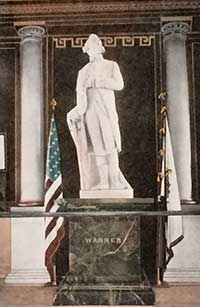
- Prescott Street, Putnam Street, and Knowlton Street offer tribute to three officers who fought at the Battle of Bunker Hill while Warren Street commemorates General Joseph Warren who lost his life in that battle. Somerville almost took his name.
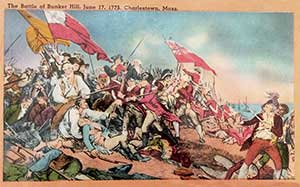
- Miller Street is named after the martyr James Miller. The first battle of the revolution began in Lexington and ended in what is now Somerville. The last patriot to die that day was Somerville’s sixty-five-year old James Miller whose last words were, “I am too old to run.”
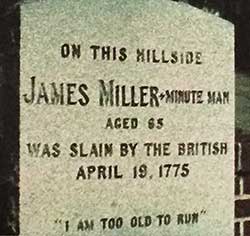
Today, Somerville is burrowed in a nest of academia between the Massachusetts Institute of Technology, Harvard University and Tufts University, but her true breeding ground is the chronicle of her Revolutionary history and beyond.
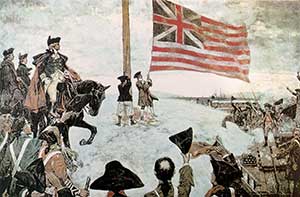















Reader Comments